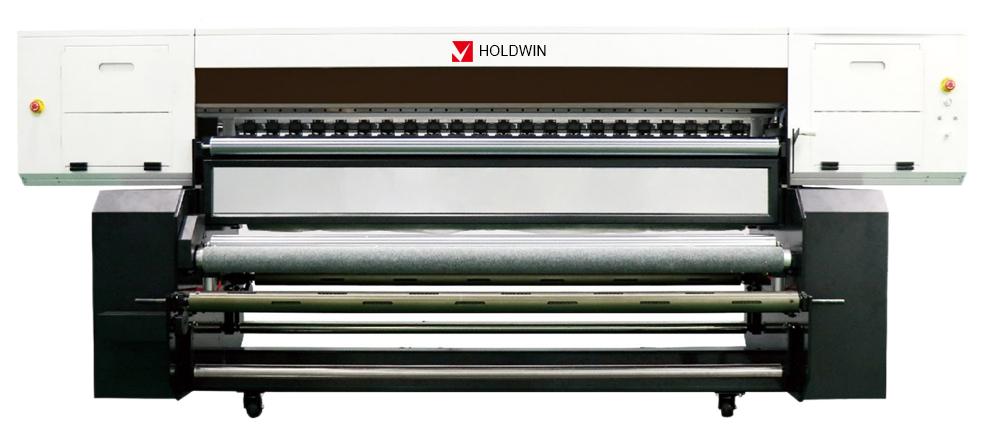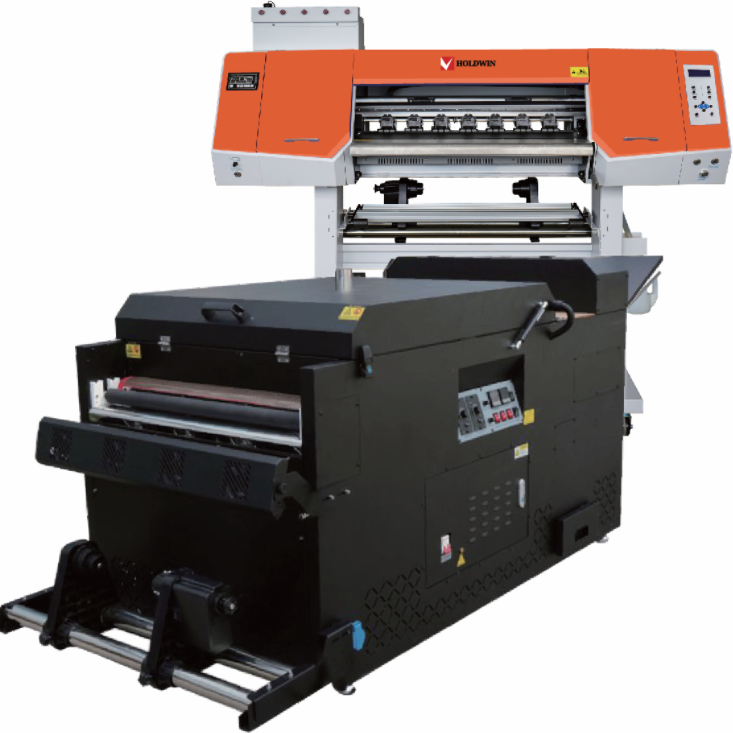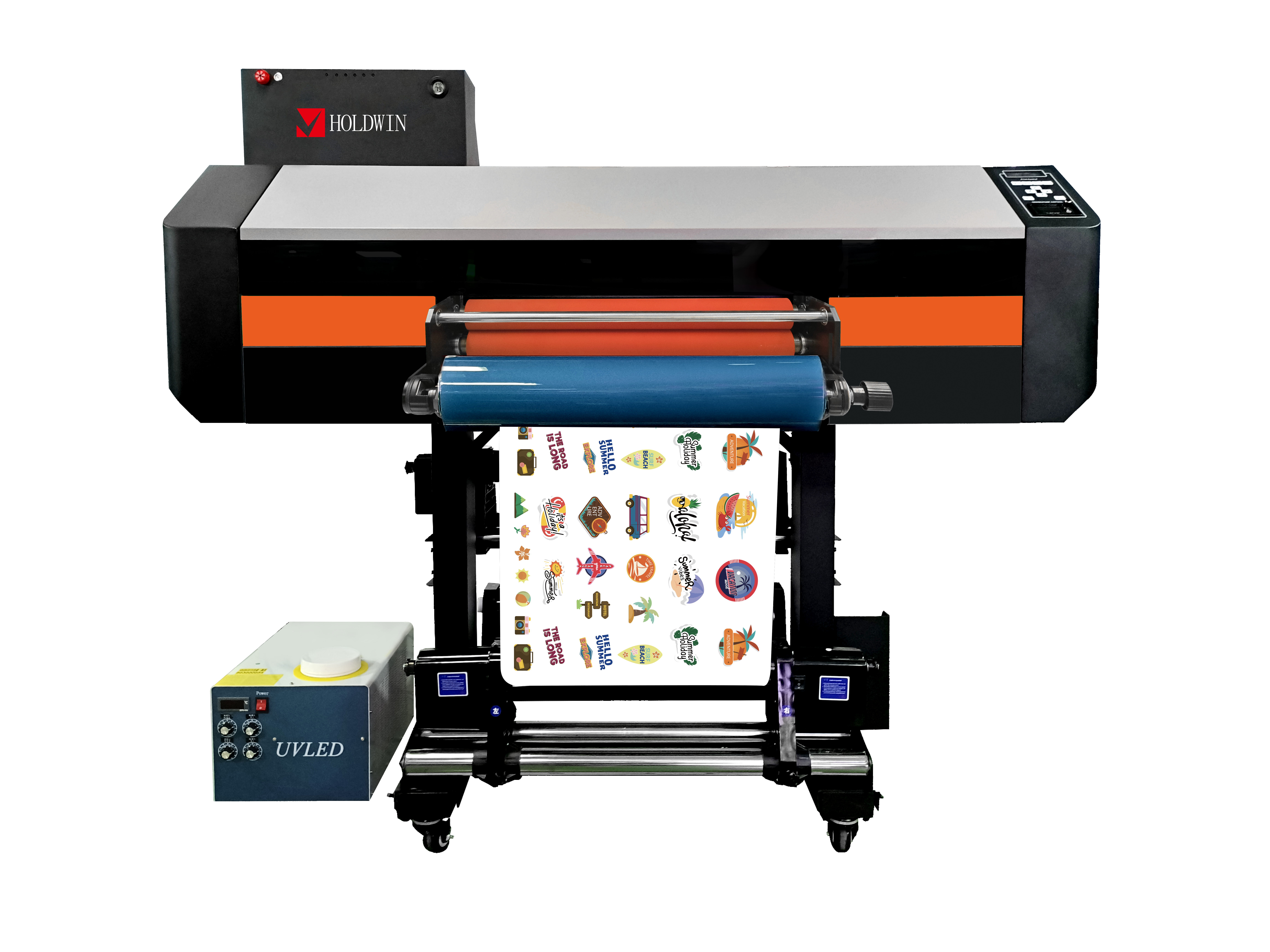
The integration of digital printing with automation is one of the most transformative developments in the textile industry in recent years. As the demand for faster production times, higher-quality prints, and greater customization grows, textile manufacturers and designers are increasingly turning to automated digital printing technologies. This combination is revolutionizing the way textile goods such as apparel, towels, scarves, and carpets are produced, offering companies new ways to improve efficiency, reduce costs, and meet the growing consumer demand for personalized products.
This article explores the key components of digital printing and automation, the benefits of their integration, and the role of industry leaders such as Shaoxing Zhiyu Digital Technology Co., Ltd. (HOLDWIN) in shaping the future of this technology.
Digital printing has come a long way from its early days, when it was seen as a niche technology. Traditional screen printing and rotary printing methods dominated the textile industry for decades, offering high-speed production but often at the cost of flexibility and quality. Digital printing, on the other hand, allowed for finer details, faster color transitions, and the ability to print on a wide variety of textiles without the need for cumbersome screens or templates.
The earliest forms of digital printing used inkjet technology to print directly onto fabric, and as the technology advanced, so did the capabilities. Heat transfer, sublimation transfer, DTF (Direct-to-Film), and UV DTF printing technologies further expanded the possibilities for custom and large-format designs. However, while these advancements improved the quality and flexibility of digital printing, there was still a challenge when it came to scalability and production speed.
This is where automation comes in.
Automation in digital printing refers to the use of machinery and software systems to streamline and optimize the printing process. These systems can automate everything from print preparation, color management, and design layout, to post-production processes such as heat setting and finishing. By integrating digital printing with automation, manufacturers can reduce manual labor, minimize errors, and drastically improve throughput.
One of the most significant advancements in automation is the development of robotic arms and conveyor belt systems that handle material loading and unloading. These systems can automatically feed fabric into the printer, handle multiple rolls of material, and even manage different types of fabric that may require specific printing settings.
Furthermore, automated quality control systems, which use cameras and sensors to inspect prints in real-time, help detect defects early in the process, reducing the need for reprints and improving overall product consistency. The integration of AI-driven software also plays a crucial role in automating design adjustments based on fabric type, ink compatibility, and other variables, ensuring optimal output with minimal human intervention.
1. Enhanced Productivity and Speed:
Automation reduces downtime and allows for continuous, high-speed production. With automated material handling, fabric loading, and unloading, manufacturers can significantly shorten setup times and maintain a steady flow of materials through the printing process.
2. Precision and Consistency:
Automated systems are incredibly precise and consistent, minimizing human error. This is particularly important in large-scale production, where uniformity across thousands of units is essential.
3. Cost Efficiency:
By reducing the reliance on manual labor and improving operational efficiency, automation helps cut down on labor costs and material wastage. Additionally, automated systems can optimize ink usage, reducing overall costs.
4. Greater Flexibility and Customization:
Automation combined with digital printing allows for mass customization, where each product can be individually personalized. Whether it’s a custom-designed T-shirt or a bespoke carpet, automation makes it feasible to produce one-off designs without sacrificing production efficiency.
5. Scalability and Sustainability:
The scalability of automated digital printing systems means manufacturers can easily adjust production volumes based on demand. Furthermore, automation helps minimize waste, such as excessive use of ink and fabric, contributing to more sustainable production practices.
In roll-to-roll digital printing, automated systems feed fabric rolls into the printer, print designs, and roll the fabric back up. These systems are widely used for textile applications like apparel, home décor, and banner printing. The addition of automation ensures seamless transitions between different fabric types and print settings, significantly reducing setup times.
Hybrid digital printers, which combine both flatbed and roll-to-roll printing, offer even more flexibility by allowing manufacturers to print on both large-format sheets and continuous rolls of material. Automated systems in these printers enable precise control of material handling, ensuring that each print run is optimized based on the specific material type.

DTF (Direct-to-Film) printing has gained significant popularity in recent years, particularly in the custom apparel and fashion industries. DTF printing allows for high-quality, full-color prints to be transferred onto a wide range of fabrics, from cotton to polyester. The integration of automation in DTF printing machines streamlines the entire process, from pre-treatment and printing to transfer and curing.
Automated systems can control the print speed, adjust for fabric type, and manage the ink curing process to ensure that prints are both durable and vibrant. These machines can also operate with minimal supervision, allowing manufacturers to maximize production output.

UV DTF printing combines the benefits of both UV and DTF technologies, allowing for vibrant, durable prints on various materials such as fabrics, wood, and plastics. Automation in UV DTF printing includes automated ink supply systems, curing units, and material handling, which ensures consistency in print quality and reduces the time spent on each print job.
The precise nature of UV DTF printing, when paired with automated processes, enables manufacturers to produce high-quality, custom-printed textiles at scale.

At Shaoxing Zhiyu Digital Technology Co., Ltd., we are proud to be at the forefront of innovation in digital printing. Through our brand HOLDWIN, we continue to develop state-of-the-art solutions that integrate advanced printing technologies with automation. Our products are designed to meet the unique needs of textile manufacturers, fashion designers, and other industries that require high-quality, efficient, and customizable printing solutions.
We are committed to providing personalized solutions that enable our clients to adapt to rapidly changing market demands. Whether it’s integrating automation in our digital printers or developing new technologies to streamline the printing process, HOLDWIN is dedicated to helping our customers achieve greater productivity, lower costs, and enhanced product quality.
“Working with HOLDWIN has been a game-changer for our business. The integration of automation with their digital printers has significantly reduced our production time and allowed us to offer highly customized products to our clients. The quality and consistency of the prints have been top-notch, and the support team at HOLDWIN has been incredibly responsive. We look forward to continuing our partnership with them.”
The integration of digital printing and automation is reshaping the textile industry, providing businesses with powerful tools to increase productivity, reduce costs, and meet the growing demand for customization. As this technology continues to evolve, it is clear that the future of textile manufacturing lies in smart, automated digital printing solutions. Companies like HOLDWIN are leading the charge, offering innovative solutions that not only enhance the quality and speed of printing but also empower customers to meet the demands of a rapidly changing market.
In the coming years, we expect digital printing and automation to become even more interconnected, providing manufacturers with increasingly sophisticated tools to streamline their operations. For businesses in the textile industry, embracing this technological revolution will be key to staying competitive and meeting the evolving expectations of consumers.
References:

Zhiyu is passionate about good products, good services, and good prices to let consumers know that choosing us is the right choice! For partners and end customers, we will provide one-on-one considerate smart services and provide you with more high-quality procurement solutions.